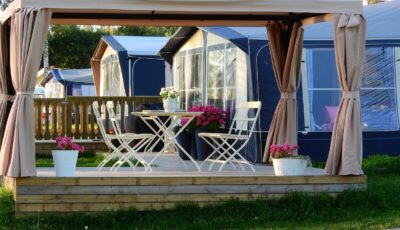How to Create a Beautiful Backyard on a Budget
If money is tight, you’re probably looking for ways to economize and reduce your expenditure. It’s important of course to manage the income you have to ensure you can cover your living expenses and avoid getting into debt, but it’s also important to find enjoyment and pleasure in your life, whatever your circumstances.
The trouble is, people view their backyards as a luxury when times are tough, and the area becomes neglected as funds are diverted elsewhere. This leads to further feelings of depression as the flower beds decline and no new plants are added, but if you find yourself in this position don’t despair! There are ways you can keep your backyard looking beautiful no matter how strapped you are for cash.
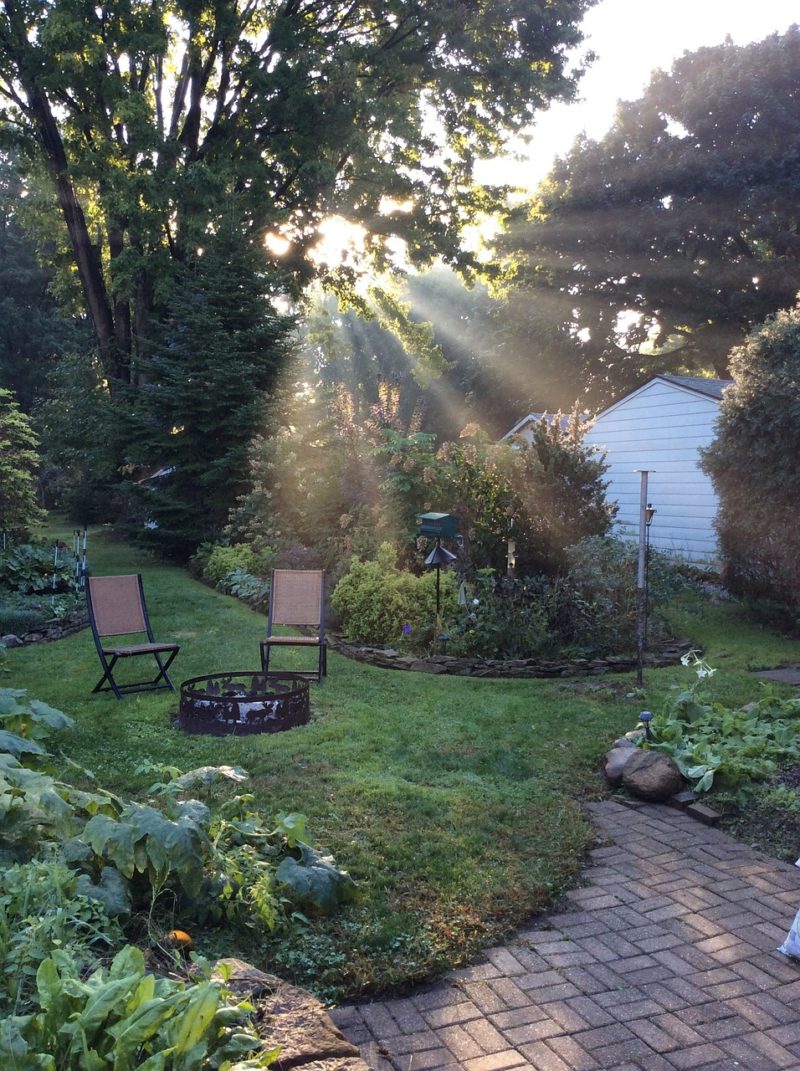
Funds for backyard supplies
If you need to cut costs, you’ll probably be surprised at how little you need to find for a few packets of seeds and essential expenses to keep your backyard going and looking fabulous. Save money by:
- Making your own compost from backyard waste and weeds
- Looking for horse-owners who have muck heaps to clear –horse manure is perfect for backyards and is often given away for free
- Using plastic packaging such as yogurt pots as plant pots and seed trays instead of buying supplies
- Using crushed eggshells, grapefruit skins and ashes to protect your plants from slugs
You can also raise money by reducing other costs to free up a little cash for essential supplies. For instance, is there any point torturing yourself by looking at a gardening magazine every month when you can’t afford to tend to your own space? The cost of the subscription might be just five pounds a month, but you could buy many packets of seeds with that money.
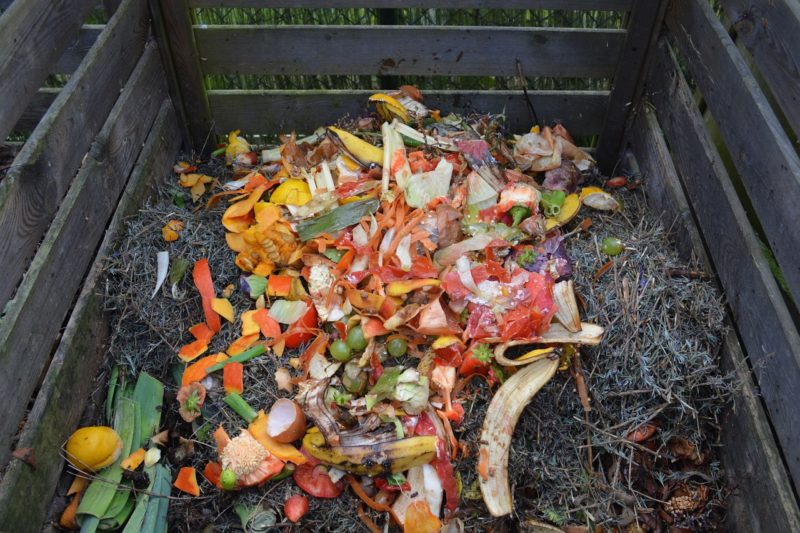
If you need to spend more than you have available, you may be tempted to use a credit card or spend what you don’t have. In some cases, such expenditure is a worthwhile investment in yourself and your home, but you must ensure you’re able to repay what you’ve borrowed without getting into difficulty. If you don’t believe you’d be eligible for credit, you might be surprised – there are even loans for unemployed people available if you look on the right credit broker websites.
Grow your own
Buying ready grown plants and shrubs is convenient, and as they are ready to plant, they make an instant impact on your backyard. Plants, especially herbaceous perennials and shrubs, cost more to buy though, so if you only have five pounds to spend you could easily pay that for one plant. If you’re on a budget, that’s no longer an option, so the answer is to grow your own.
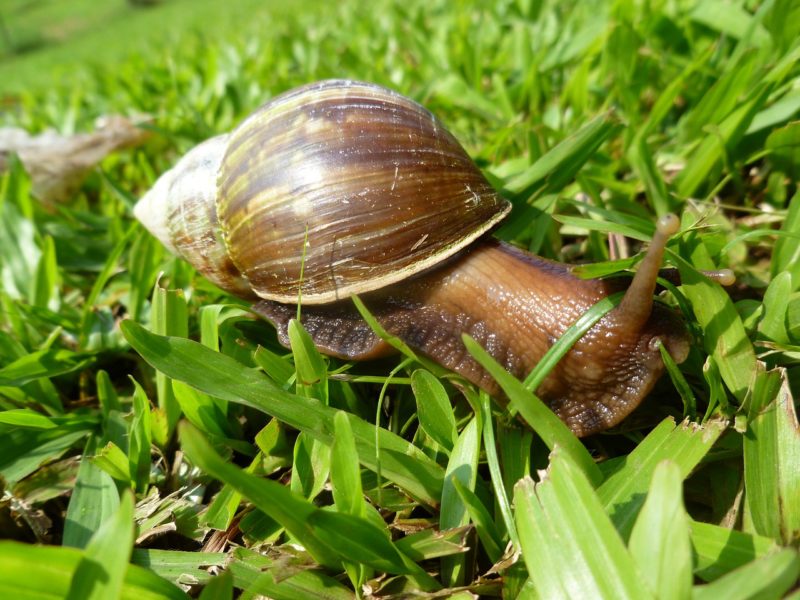
Seed prices will vary according to species and supplier, but many packets of seeds are a couple of pounds or fewer. If you want a variety of plants, go for a mixed packet of perennials. These contain hundreds of seeds and could include tens or even hundreds of different plant species. Mixed packs can often be sown in a single seed tray, and simply pricked out when they grow big enough.
You could potentially end up with a hundred plants that would have cost around five hundred pounds if you’d bought them fully grown, but all they’ve cost you is a few pounds for the seed plus some bags of compost. Perennials will come back every year too by seed or division, so your backyard will be well-stocked for years to come. You’ll also find some plants cross-pollinate, producing new and unusual variations.

Because seed packets can contain hundreds or even thousands of seeds, buying individual packets when you only have a small space isn’t as economical, because you may spend quite a bit on different species when you only want a few seeds from each packet. If you have a particular favorite plant that isn’t available in a mixture, treat yourself to the odd pack now and then – or suggest it for a birthday or Christmas present. You should also get into the habit of gathering seed from your plants for the following season.
You can also obtain all sorts of different seeds and plants by swapping with other gardeners. Neighbors, relatives, local gardening clubs, and some big shows are all potential sources for free seeds and plants. Pot up some of your excess plants and label seeds you’ve harvested from your backyard, and see what you could swap them for. Just be careful that the plants you choose look healthy, so you reduce the risk of introducing pests and diseases to your backyard.

Your backyard can also save you money if you take up kitchen gardening. Growing your own vegetables and fruits is rewarding and unrivaled in terms of taste and freshness. If you’re on a limited budget, you want to grow crops that either take up little room, grow quickly for repeat harvests, or have an extended harvesting period. Take brassicas as an example. A row of cabbages or cauliflowers is a fine sight, and you could have two- or three months’ worth of veg from a single row. Some varieties will produce shoots from the stump after the first cut, so you could get some spring greens as well.
Now compare this to kale or purple sprouting broccoli. Each plant will produce leaves and shoots for six months or more in good conditions, before eventually flowering in late spring. A row of kale could easily produce two to three times as much food as the cabbages, and last two to three times as long, saving you a great deal of money as well as being delicious.
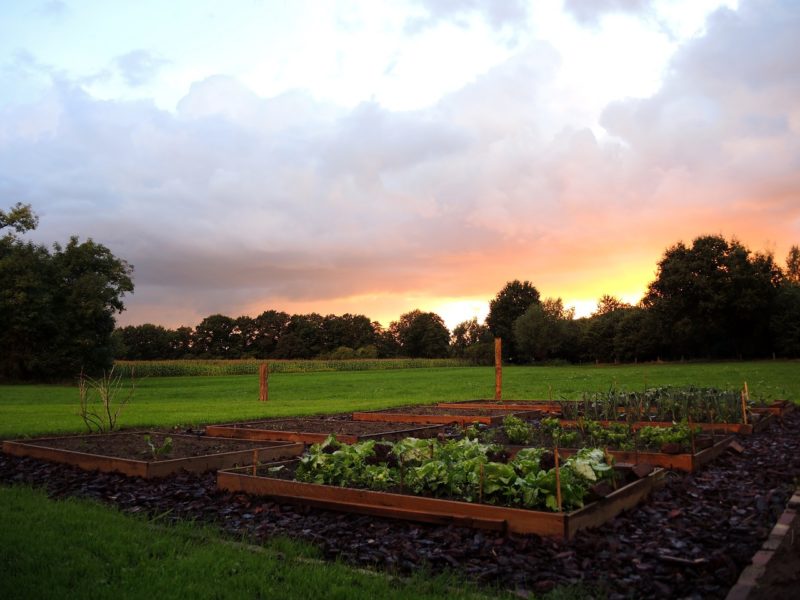
Many people have backyards or other outside spaces where they live, and these can be valuable assets in more ways than one. Having a beautiful, well-tended outdoor space near you is a wonderful mood enhancer, and being able to work on your backyard is a great way to get some exercise and take your mind off your troubles. Your backyard can help you stay fit and healthy, reduce stress, and improve your surroundings, and it needn’t cost a fortune to keep it looking tip-top.



